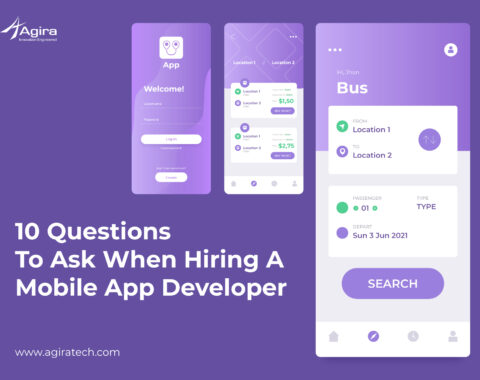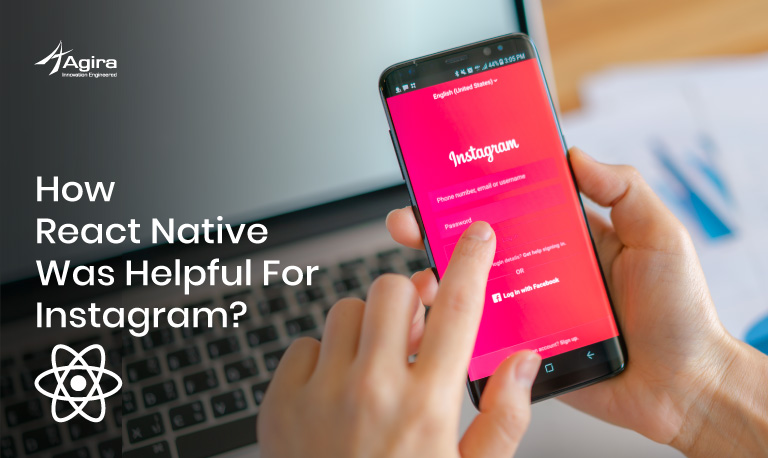Application security is a minimum essential qualification for any business or user despite its industry type. One security break or failure could cost your organization a substantial number of dollars as well as put the company’s trust at stake. That is the reason security ought to be a need from the second you begin composing the main plan and developing the application.

When sensitive user data is at stake, versatile application developers need to do all that they can to secure their clients and customers. Here are 10 different ways product engineers can incorporate security with their applications.
1. Code Security
Most of the vulnerabilities and malware across the internet look for Bugs and weaknesses in code to break into an application. Generally, these threats attempt to break in through reverse-engineering the code and they only need an open public copy of your application.
As per a reliable research study, the noxious code is influencing over 11.6 million mobile phones at a time.
Always keep security as a priority from the very beginning and solidify your code by making it hard to get through. You can minify your code so it can’t be figured out. Test consistently and fix bugs as and when they are uncovered. Plan your code so that it is difficult to update and fix it. Ensure to keep your code Agile. It tends to be updated at the client end post a threatened breach. Make use of code hardening and signing technologies to avoid these kinds of security issues.
2. Data Encryption
Each and every piece of information that is communicated over your application must be encrypted. Encryption is the method of scrambling plain content until it is only a dubious letter set with no significance to anybody other than the individuals with the key. This implies that regardless of whether the information is taken, the threats cannot make use of the data and they cannot peruse or abuse the data.
You can comprehend the intensity of encryption when associations like the FBI and NSA are requesting consent to get to iPhones and WhatsApp messages. On the off chance that they can’t get through tenaciously, vicious programmers can’t get through it for sure.
3. Use Authorized Libraries Only
It is important to consider the security of the applications when you are utilizing the best third-party libraries. Therefore, be doubly cautious and test the code completely before utilizing it in your application. As valuable as they may be, a few libraries can be amazingly insecure for your application. Let’s consider the GNU C Library. It had a security imperfection that could permit aggressors to distantly execute malevolent code and crash a framework. And the worst case of this scenario is that it was not identified for more than seven years. Developers should utilize controlled internal repositories and other tools to shield their applications from viruses in libraries.
4. Use Authorized APIs Only
Do not let the APIs that aren’t approved. This can accidentally allow a hacker with a benefit that can bring a grave threat to the application. For instance, caching authorization information locally helps software engineers effectively reuse that data when settling on API calls. Likewise, it makes coders’ life simpler by making it simpler to utilize the APIs. On the other hand, It likewise gives assailants a pathway through which they can capture these benefits. Security specialists suggest that APIs be approved centrally for most advanced security.
5. Use High-Level Authentication
The greatest security breaks occur because of ineffective validation. it is critical to utilize a more grounded verification and authentification. The authentication alludes to passwords and other individual identifiers that go as obstructions to breach-in. Undoubtedly, a huge aspect of this relies upon the end clients of your application. It is important to reassure your clients to be more precarious towards confirmation.
Plan your applications to acknowledge rigid alphanumeric passwords that must be restored each three or a half year. Multifaceted validation is picking up noticeably, which is a combination of static passwords and dynamic OTP. This is also known as the 2-step verification process. If in case of necessity, one can also include biometric validation like retina sweep and fingerprints can be utilized as well.
6. Equip Tamper-Detection Technologies
Make use of strategies to set up warnings if someone is attempting to tamper with the code or add malicious code. Strong tamper-detection may be implemented to ensure that the code does not run at all if it has been changed.
7. Follow the Principle of Least Privilege
The code should run with just the authorizations it completely needs and no furthermore. Your application shouldn’t demand additional benefits other than the base required for it to work. Do not ask for an access request if you don’t need it. Try not to make pointless connections. The rundown goes on and generally relies upon the particulars of your application, so perform continuous threat modeling when you update your code.
8. Proper Session Handling
The Sessions last much longer in mobiles than on laptops or desktops. So, it is harder for the server to handle it. You can use the token rather than gadget identifiers for sessions. Tokens are easier to use, secured, and can be revoked. It also enables remote wiping of the data and remote log-off when the device is stolen or lost.
9. Use Cryptography Tools
Key administration is significant if your encryption endeavors need to pay off. Never hard code your keys as that makes it simple for aggressors to take them. Store keys in secure containers and never store them locally on the gadget. Some broadly acknowledged cryptographic conventions like MD5 and SHA1 are inefficient for present-day security principles. Adhere to the most recent, most confided in APIs.
10. Test Frequently
Making sure that your application security is a cycle that never stops. When new threats arise, a set of new security systems are required. Put resources into breach testing, threat modeling, and emulators to consistently test your applications for vulnerabilities. Fix bugs with each update and issue patches when required.
After iconic data breaches, unquestionably everybody got to ascend and consider the significance of digital security, and the coming years will see everybody from associations to purchasers paying attention to security like never before. Security will turn into a greater differentiator in the achievement of applications than convenience.
The above rules will assist you with keeping your application security tight as a clam and keep your customers and clients cheerful.










